TL;DR: You should never blindly trust the maximum supply for a token that uses a rewards pool for miners/validators that will eventually run out. There is a high chance their "fixed" maximum supply will need to be adjusted in the future. Most of these networks are being fed subsides like heroin, and they expect the miners/validators to survive on negligible transaction fees alone once the subsidy pool abruptly runs out.
Some of them can survive post-subsidy, but we won't find out until a bear cycle after their subsidies run out.
The issue with networks that have a maximum token supply and pre-allocated rewards pool
I've been spending a lot of time on Messari and TokenTerminal studying tokenomics for dozens of cryptocurrencies. One pattern that has come up over and over again are networks that have:
A maximum token supply coupled with
A rewards pool that will eventually run out
With no realistic plans to wean off the subsides
This is a huge red flag because when the rewards pool runs out, they will need to find a new source of revenue to pay miners/validators. The transaction fees are often 100x smaller than what's needed to sustain the network. There's a huge chance the supposedly-fixed maximum supply will not hold.
Most of these platforms are trying to grow their networks as fast as possible by attracting users with their low transaction fees, which are only enabled through rewards subsidies. Many of their documentations and roadmaps suggest that transaction fees will cover the revenue. However, transactions on low-fee networks are usually 20-200x smaller than what's needed to economically sustain the network. These plans work if the networks can grow their total transaction fees by 20-200x from their current peak, and remain higher than that during bear markets. That's extremely difficult and often impossible in many cases. Directly increasing fee schedules drives away activity, decreasing overall TPS and fee generation. And many of these networks already get congested if you increase throughput by even 20x, let alone 100x.
In addition, transaction fees are highly-volatile and do not provide a constant revenue stream for miners and validators. Without subsidies, rewards during bear cycles will collapse, and miners/validators/participants will leave. This causes rewards and security to collapse even more, leading to a feedback loop of declining activity. Thus networks also need constant issuance to keep the network stable. This requires removing the fixed max supply.
Nearly all supply-inflation discussion threads are dominated by people who just blindly assume token inflation will suddenly end because the documentation says so. That's a naive assumption. Some blockchains will succeed in keeping their max supply; others won't. You can't know for sure until years after the subsidies run out.
Let's look at some case studies of token supply models
We don't know whether these networks can succeed without changing their tokenomics until years after their subsidy runs out. They have to survive for at least 1 bear cycle post-subsidy. Some of them will succeed and others won't. All I'm saying is that you shouldn't blindly trust the max supply.
In the examples below, I define "issuance" as an increase in circulating/liquid supply, not by token minting. Minting does not affect a token's supply economics until the tokens are actually put into circulation. Note that Messari.io is not 100% accurate due to networks deviating from their documented plans, but it's usually close enough to make fair estimates of supply running out within a year.
Ethereum, Solana, Dogecoin - Sustainable models
Tokens that have no max supply and continuous issuance have a sustainable token supply model.
Ethereum's token burn from its high transaction fees is expected to be enough to offset its token issuance after the merge, so even with no max supply, it's expected to have nearly zero net issuance. Validators will receive a steady flow of revenue even when transactions dwindle. This will work even during bear markets. I predict many networks will attempt to switch to this tokenomics model.
Polygon - Model likely not sustainable past 2024
According to Messari.io, MATIC had 67% inflation in 2022, 31% in 2021, 13% in 2022.
MATIC has a 1.2B token pool reserved for validator rewards that's expected to run out 5 years after launch. This issue has been brought up many times across various forums, and the Polygon Foundation has ignored it. It's not sustainable past 2024 unless the Foundation pays from their own funds.
My hunch is that they don't want to admit 10B isn't going to hold as the max supply. MATIC transaction fees need to grow ~30x to cover validator rewards.
Remember when Sunflower Farm congested the network in Jan 2022 and fees shot up 50x? Now imagine another 30x increase in fees on top of that during congestion.
Polygon is already fairly centralized with its 100-validator limit. It can't easily lower rewards and risk reducing its centralization even further.
Avalanche - Model likely not sustainable past 2030
The Avalanche networks are sustained by high inflation, which is how they keep transaction fees low. Validators are paid by a pre-allocated staking rewards pool, and those staking rewards account for a HUGE amount of the annual inflation.
The vesting schedule leads to a 30% increase in supply in 2022, followed by a 22% increase in 2023.
Transaction fees are burned, but the transactions fees are so low that the burnt amount is unnoticeable. Burns are in the tens of millions of dollars (TokenTerminal shows $10M in annual fee revenue) while issuance is 100x greater in the billions of dollars. Fees would need to be 100x higher to offset token issuance.
AVAX issues 45M tokens per year starting at 2025 until it reaches its 720M max supply around Apr 2030. Unless fees grow 100x higher by 2030, AVAX's supply distribution model is going to break in 2030.
Algorand - Model likely not sustainable past 2030
Algorand has very high inflation. This has been discussed time and time again while everyone assumes the 10B maximum supply is immutable LAW. The rewards are pre-minted, but there is vesting schedule for those rewards that increases the circulating supply by 49% in 2021, 20% in 2022, 23% in 2023, before tapering off at 9.4% in 2024 and beyond.
There are multiple rewards pools for relay nodes, validators (prior to 2022), and governance. These pools eventually run out by 2030. Plans for long-term economic sustainability were redesigned to last until 2030. There is no plan for sustainable relay node rewards or governance rewards past then. Validation nodes, which have much lower hardware requirements, are already running on altruism. What's really scary is that nearly all of token issuance is going to relay nodes and will abruptly run out in 2030 at which point they no longer have any economic incentive to stay with Algorand. Participation rewards will also run out then. The only pool left will be the tiny fee sink.
Transactions fees currently do not pay validators and nodes. They go into a fee sink, but it's currently very tiny and only produces $140k of annual revenue. This is about 100-200x smaller than annual issuance. Thus they are not anywhere close to being able to offset token issuance.
Another way of looking at this is that there needs to be 3000 TPS of real activity by 2030, 200x higher than its current 15 TPS average.
Fantom - Model likely not sustainable past 2024
Fantom's low transaction fees are subsidized. The total annualized revenue from transaction fees is about $2.7m, which is 30x smaller than the amount currently being paid for block rewards.
Fantom's supply is expected in inflate by 9% in 2022 and 8% in 2023. Supply inflation is currently scheduled to end in 2024, though it might last until 2025 with high token burns. This inflation might need to be extended indefinitely to pay for validators once the 1.0B token rewards pool runs out. The max supply will likely not hold.
Until it upgrades to FVM, it's already at its limit and cannot grow its TPS, but it can afford to increase fees by 10x and still be very cheap.
It has very few validators, so it can't afford to reduce rewards and risk losing more.
Bitcoin
I'm not going to discuss Bitcoin because the game theory behind post-subsidy miner incentives is extremely complex.
We will likely have to wait until 2050 to 2070 to get a better idea.
There is a general fix for this problem
Solution: Remove the fixed max supply and replace it with a system of steady issuance and variable token burns to keep total supply near the original max supply. The hard part is increasing transaction fees enough to offset issuance.
Introduce steady new issuance (no more fixed max supply) to reduce reward volatility
Increase total transaction fees (and token burns) to offset issuance. You can increase this through a mix of higher fees and higher activity (real TPS).
Reduce rewards and hope that not too many miners/validators quit.
This is similar to what Ethereum does, but it's hard to copy. Ethereum is only able to achieve this with very high fees, very high sustained demand, and by reducing rewards by 80% when switching from PoW to PoS.
Step 1 to remove the fixed max supply is necessary to keep the network stable. Steps 2 and 3 by themselves are not enough because rewards will be volatile. Rewards during bear cycles will collapse, and miners/validators/participants will leave. This causes rewards and security to collapse even more, leading to a feedback loop of declining activity.
Difficulty of achieving 100x growth in fees: One might think it's easy to achieve 100x growth in total transaction fees by increasing the gas cost by 10x and real TPS activity by 10x. The problem with this assumption is that many low-fee networks are popular due to their low fees. Increasing fees by 10x would scare customers away and reduce overall revenue. Back when Avalanche's C-Chain and Polygon PoS were congested, their smart contract fees were above $1 USD. People are going to keep away from those networks if their fees are increased to over $10. The safer method is to increase real TPS, but many of these networks would get congested at 20-100x their current real TPS.
Lastly, many members of these crypto communities are very proud of their network's fixed maximum supply and have invested under the assumption that they will not change. A change to maximum supply will always be extremely controversial. If it fails to hold, there could be a collapse of faith in that token.

You can get bonuses upto $100 FREE BONUS when you:
💰 Install these recommended apps:
💲 SocialGood - 100% Crypto Back on Everyday Shopping
💲 xPortal - The DeFi For The Next Billion
💲 CryptoTab Browser - Lightweight, fast, and ready to mine!
💰 Register on these recommended exchanges:
🟡 Binance🟡 Bitfinex🟡 Bitmart🟡 Bittrex🟡 Bitget
🟡 CoinEx🟡 Crypto.com🟡 Gate.io🟡 Huobi🟡 Kucoin.
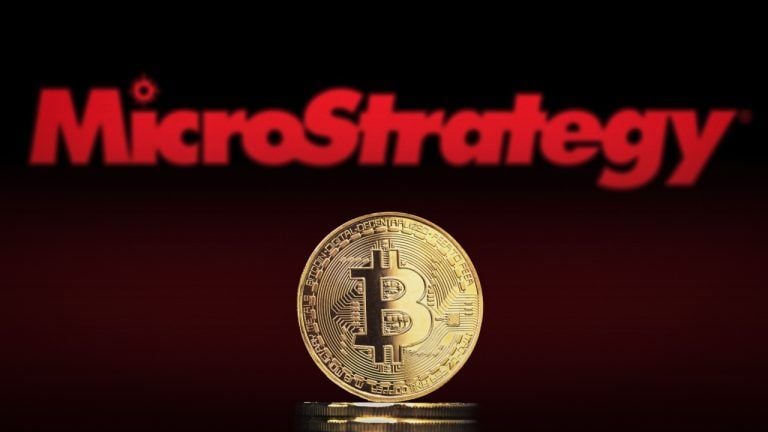






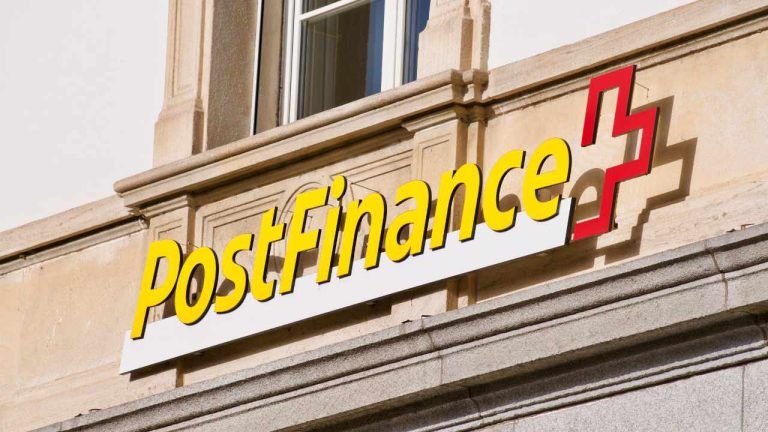
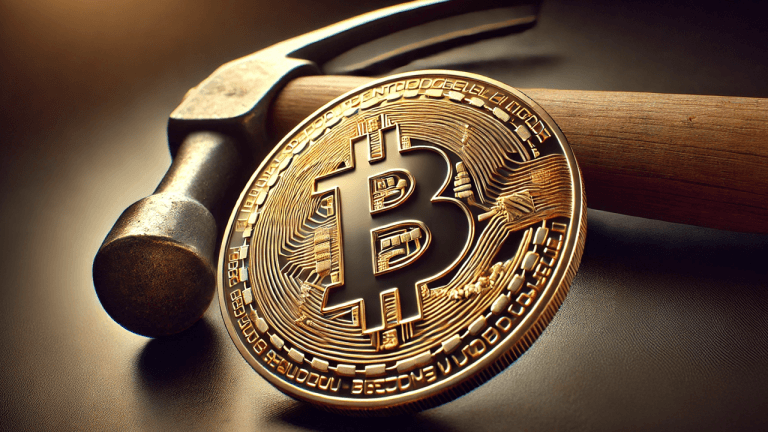



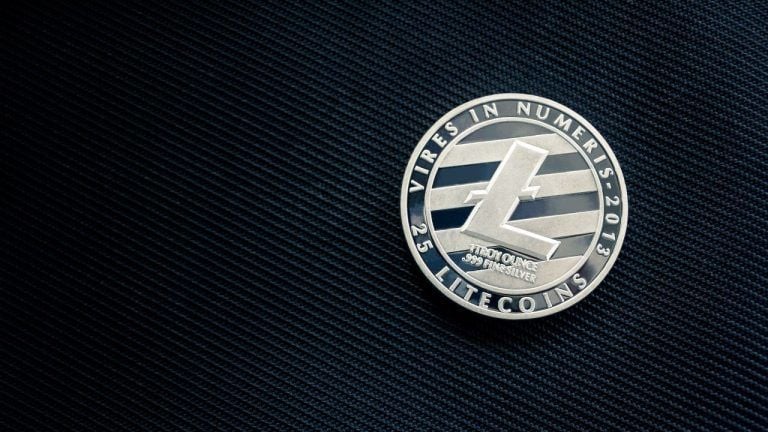
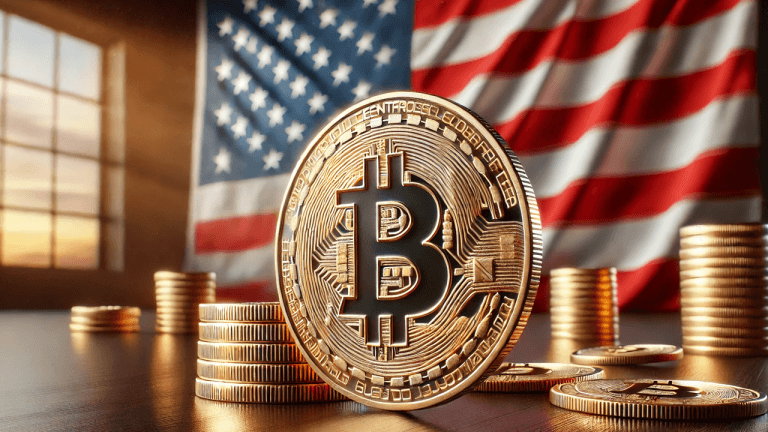



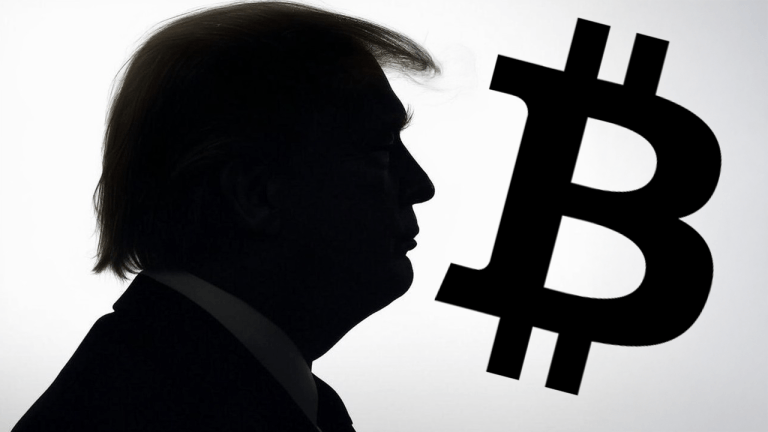


Comments